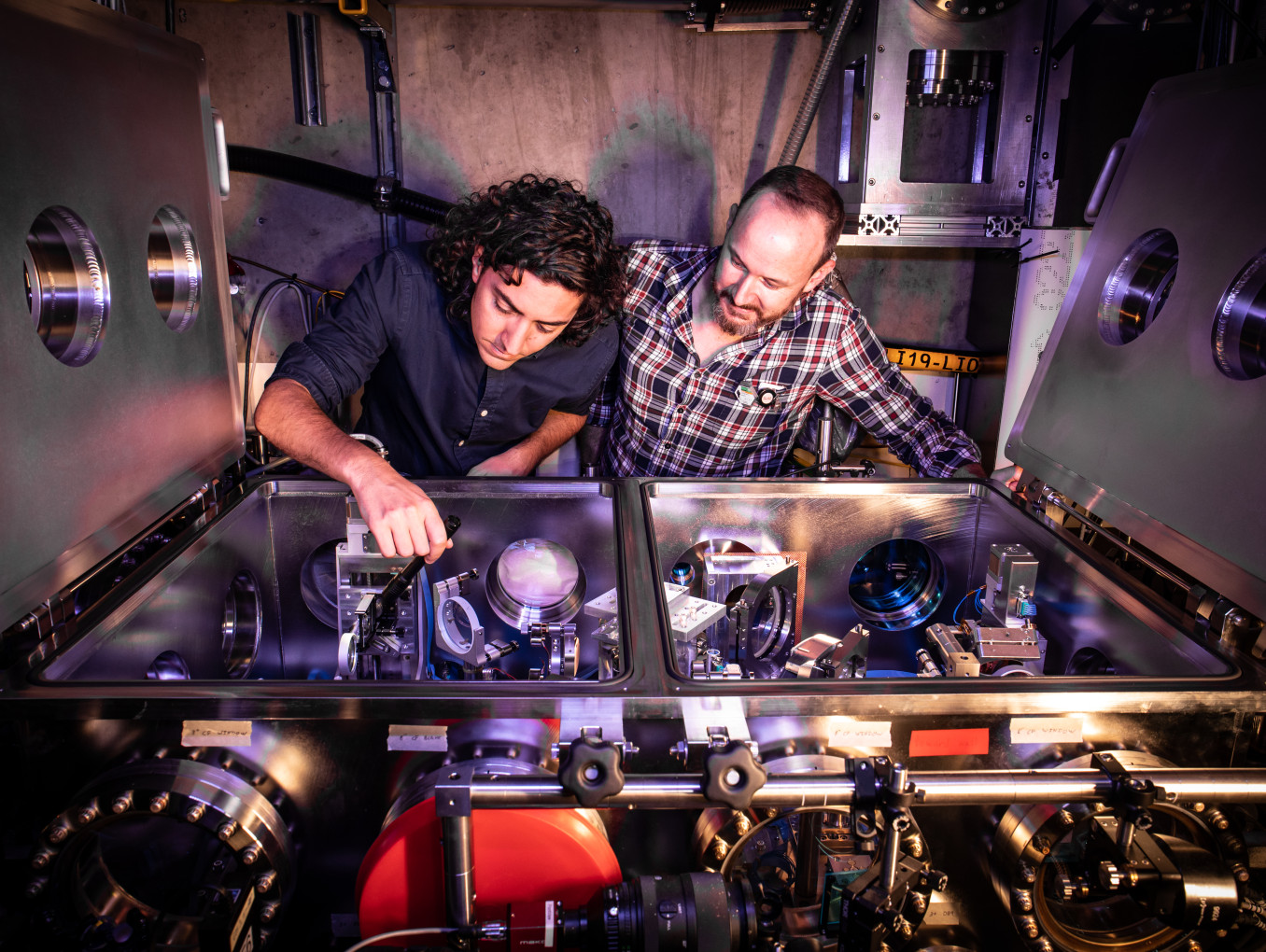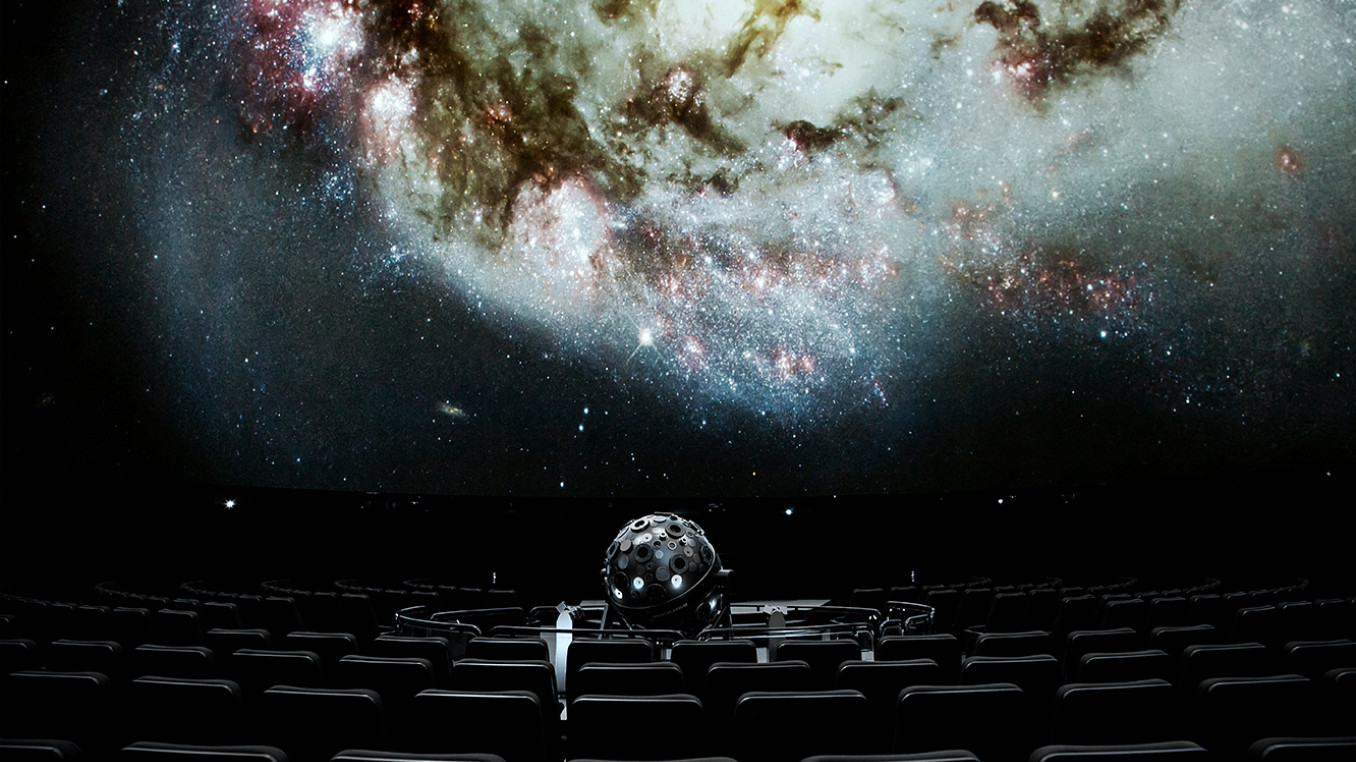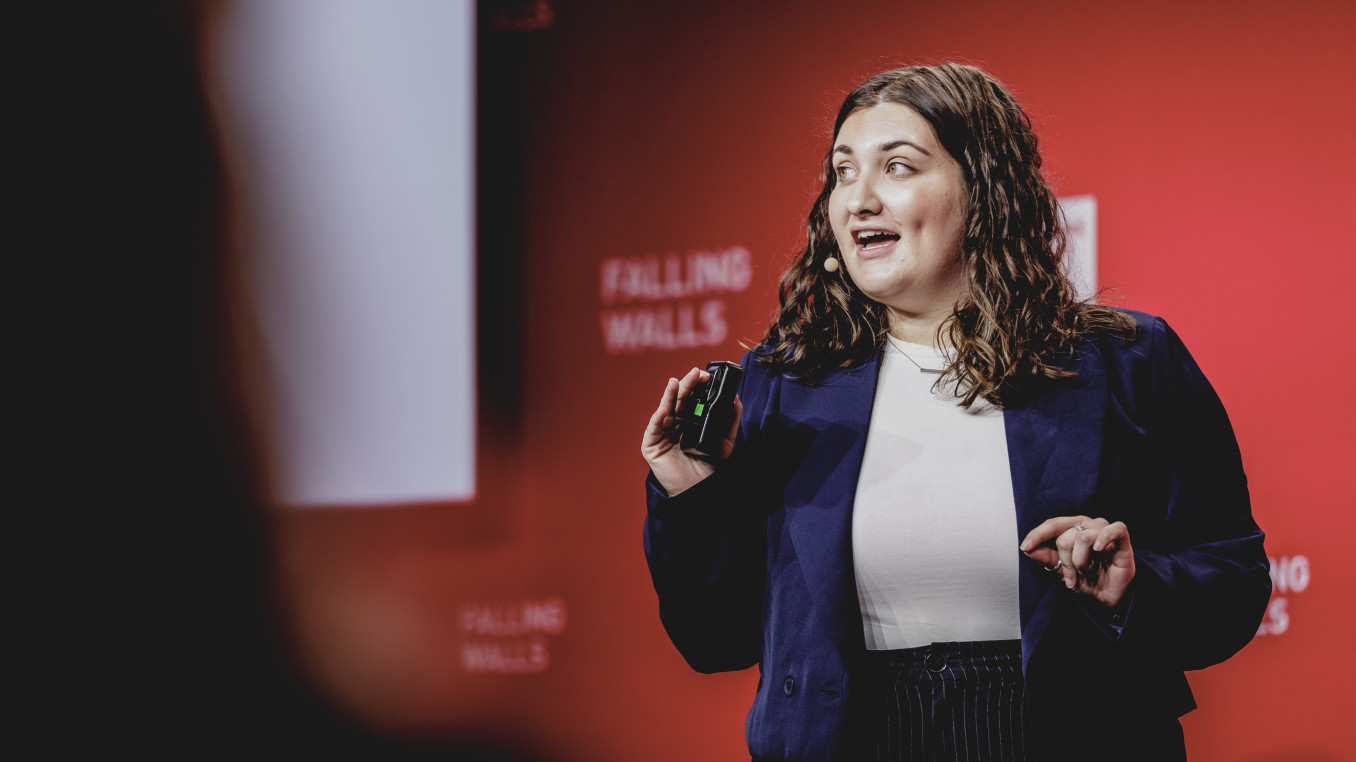Breaking the Wall of Intense Particle Beams
Breaking the Wall of Intense Particle Beams
Global Call 2025 Finalist Interview: Physical Sciences
Dr. Claudio Emma is a staff scientist working at the FACET-II National User Facility at SLAC National Accelerator Laboratory. He received his bachelor’s degree in Physics from King’s College London, his master’s from Imperial College London and his PhD from UCLA working on high efficiency free electron lasers. He was awarded the U.S. Department of Energy Early Career Research Program Award in 2023 for research in generating and diagnosing extreme electron beams for advanced accelerator applications.
Which wall does your research or project break?
Our research breaks the wall of beam compression limits in particle accelerator physics—a longstanding barrier to creating ultra-intense, ultrashort electron beams that can serve as next-generation scientific tools.
Traditionally, achieving both high current and short bunch lengths in electron beams has been constrained by the physics of beam dynamics, hardware limitations in beam manipulation and difficulties in precisely controlling and diagnosing such extreme beams. These barriers have restricted our ability to recreate and probe high-field, high-density interactions in the lab—phenomena that are essential for advancing research in high-energy physics, plasma acceleration, strong-field quantum electrodynamics and even astrophysics.
At the FACET-II facility at SLAC, we have utilised a technique that overcomes these limitations by combining laser-based beam shaping with precise magnetic compression. We start with millimetre-scale modulations imprinted on the beam at low energy and transform them—through careful coordination of acceleration and magnetic optics—into micrometre-long, ultra-intense current spikes. This results in the world’s most powerful, highest-current electron beam.
This capability opens doors to experiments that were previously out of reach due to insufficient beam brightness or duration. Our technique also addresses a key diagnostic challenge: measuring and characterising these extreme beams without destroying instrumentation, using indirect signatures such as plasma ionisation and radiation-based diagnostics.
Ultimately, we are breaking through a technical wall that has limited progress in accelerator-based science for years, enabling a new class of experiments and positioning FACET-II as a unique facility for users across disciplines—from plasma physics and material science to quantum and astrophysical research.
What is the main goal of your research or project?
The main goal of our research is to generate and harness the world’s most powerful, ultrashort electron beams as a transformative tool for scientific discovery across multiple disciplines. By pushing the limits of beam compression and control, we aim to create a new class of high-current electron beams that can reproduce and probe extreme physical conditions in the laboratory—conditions that are typically found only in high-energy particle collisions, astrophysical phenomena or the early universe.
Achieving this requires overcoming longstanding challenges in accelerator and beam physics: how to precisely manipulate and compress electron beams without degrading their quality, and how to measure their properties when conventional diagnostics fail due to the beam’s intensity. Our team at SLAC’s FACET-II facility has leveraged an innovative method that uses laser-based modulation at low energy followed by staged acceleration and magnetic compression to create micrometre-scale current spikes from millimetre-scale structures. This technique allows us to reach unprecedented current densities while maintaining control over the beam’s properties.
Our work has immediate impact, already enabling cutting-edge user experiments at FACET-II in areas such as plasma wakefield acceleration and strong-field quantum electrodynamics. Looking ahead, our ambition is to further increase beam current by an order of magnitude using novel plasma-based compression techniques, potentially unlocking the next frontier in beam-driven science.
Ultimately, this project is about building a uniquely powerful scientific instrument—one that acts as a “relativistic hammer” to explore and understand phenomena at the most fundamental levels of matter and energy. By doing so, we hope to empower breakthroughs not only in accelerator physics but also in materials science, astrophysics and beyond.
What advice would you give to young scientists or students interested in pursuing a career in research, or to your younger self starting in science?
To young scientists, I’d say: research is rarely linear. Progress often comes slowly and in unexpected ways and that’s part of what makes it worthwhile. You’ll encounter setbacks—sometimes repeatedly—but also the occasional pleasant surprise that reminds you why you’re doing it. These moments of discovery, even small ones, can be deeply rewarding and often come when you least expect them. Persistence, curiosity and a willingness to keep refining your approach will take you far.
Don’t worry too much about having everything figured out early. Focus on building a strong foundation in your field and look for opportunities to get hands-on experience—whether in the lab, through coding, design or data analysis. These are the tools that will let you contribute meaningfully and ask better questions over time.
Science is increasingly collaborative and international, so being able to work well in a team and communicate clearly is just as important as technical expertise. Learn from those around you and don’t be afraid to ask questions. Often, the most valuable insights come from discussions with people who think differently than you do.
If I could speak to my younger self, I’d say: continue the scientific journey, even if it takes you far from home. Leaving Italy and moving abroad to pursue research was not an obvious or easy decision at the time—but it opened up opportunities I couldn’t have predicted. Be open to taking that kind of leap when the right one comes along.
Above all, stay engaged with the problems that genuinely interest you. That sense of motivation—of wanting to understand something more deeply—is what keeps you going when the answers don’t come easily.


